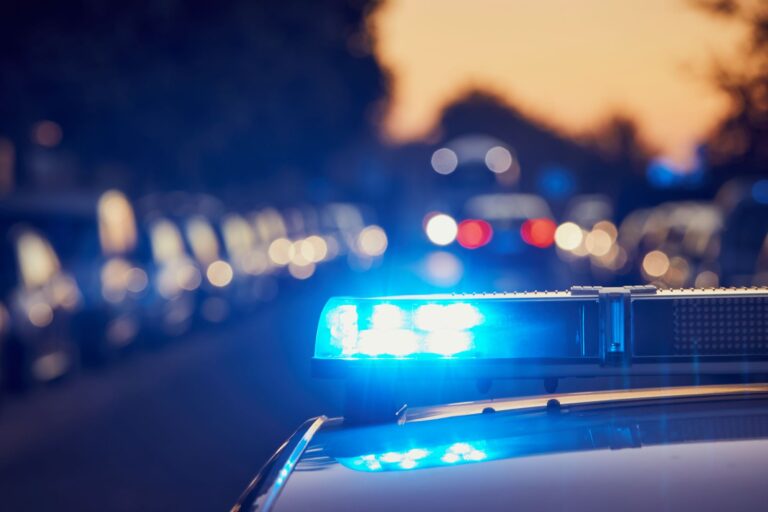Family Investments in Children: What Drives the Social Gap in Parenting?
Written by: Jens Bonke and Gøsta Esping-Andersen
The paper reports an investigation of whether it is parents’ personal preferences or their child care skills that determine the amount of care that they devote to their children. The results indicate that it is primarily parents’ preferences that are the crucial factor, and this finding contrasts with the results from a number of other studies. Parents’ education rather than their level of earnings thus plays a major role in determining how much time they spend with their children. If both parents have a high level of education, they are more likely to spend time with their children both together rather than separately. In the case of parents with less education, the study shows that if there is a boy among the children, the father is likely to spend more time with the children than if this is not the case. The study is based on the Danish Time Use and Consumption surveys, which include information on the way that both parents in a family spend their time.
Related publications

Knowledge overview
Parents are spending an increasing amount of time on their children
Go to knowledge overview
Research report
The impact of incentives and interview methods on response quantity and quality in diary- and booklet-based surveys
Go to research report
Research report
How much does good data matter? The case of resources available to children
Go to research reportLatest releases on the same welfare topic

Research report
Effects of Higher Staff-Child Ratios in Danish Kindergartens
December 2025

Research report
Workplace Amenities and the Gender Pay Gap
December 2025

Analysis
The welfare workers of the metropolis still live in Copenhagen
November 2025

Comment
The controversy regarding ‘criminal families’ concerns divergent perspectives
September 2025
